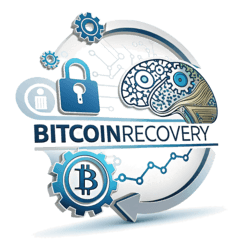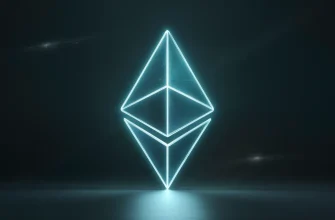
Bitcoin developers have been racing to secure the biggest cryptocurrency against the quantum threat.
A recent Bitcoin Improvement Proposal by Chilean technologist Agustin CRUZ calls for the mandatory migration of addresses using so-called Quantum-Resistant Address Migration Protocol to provide long-term security against attacks.
A digital signature is used to verify ownership of the bitcoins. Bitcoin currently uses an ECDSA-based cryptographic system. You can also find out more about the following: A powerful quantum computer could break the code.
This protocol will hide your public key from an attacker until the coin is spent. That means a quantum attacker can’t attack your key until it’s briefly visible during a transaction—and by then, it’s too late: the coins have already moved.
Users would have to migrate their Bitcoin from old addresses that were secured with ECDSA, to new ones which are quantum resistant before a certain deadline in order to safeguard the network against potential quantum attacks. ECDSA is an acronym for Elliptic Curve Digital Signature Algorithm. It’s a cryptographic algorithm that makes sure that only the person who owns the private key that corresponds to the Bitcoin address has the ability to sign transactions.
“The main worry that pushed me to propose QRAMP was the systemic risk, the idea that a large chunk of Bitcoin's value, especially coins sitting in older addresses where public keys might be exposed, could suddenly become vulnerable all at once,” Cruz told Decrypt. It felt necessary to address this risk of the network proactively rather than scrambling during a future crisis.
The proposed update includes the Bitcoin code and tools for monitoring and storing data. There are plans to test all of this on testnets before rolling it out, in phases.
As Cruz explained, the main challenge with implementing this change isn’t just technical—it’s social, noting that any proposal that risks fund loss or network splits, known as a hard fork, would naturally meet strong resistance.
To overcome this resistance I think it comes down to an open dialog and directly addressing the concerns. Cruz explained that this means communicating clearly the risks associated with doing nothing and the QRAMP risks, while stressing the fact that everyone is concerned about protecting the network. It also involves setting up a generous migration timeline to prevent accidental funds loss, and making sure we have user-friendly and robust migration tools in wallets.
Bitcoin's quantum threat
While experts say even the most advanced classical supercomputers—such as the powerful El Capitan—would take billions of years to break Bitcoin’s encryption, they warn that future quantum computers could crack the cryptographic algorithms securing blockchain networks in mere hours.
Cruz said, even though quantum computers might still be years off, that the case for QRAMP begins with the simple question: Why wait to plan for the future before it arrives?
Cruz stated that “my perspective is about risk management. The impact of an effective quantum attack on Bitcoin would be disastrous, and could undermine its entire value proposition.” Even if it seems unlikely in the short term, its severity requires proactive preparation.
Cruz isn’t the only one who has raised concerns about quantum dangers. Other blockchain ecosystems have also raised similar concerns. Ethereum co-founder Vitalik Buterin suggested a hard fork in March 2024 to protect Ethereum against similar quantum threats.
Buterin wrote: “I believe that we’re already in a good position to create a recovery fork, which is a simple process.” The blockchain would need to be hard-forked and the users would download new wallets, but very few people would lose money.
Plan included reverse blocks following an attack, pausing certain transactions and introducing quantum resistant validation.
Meanwhile, Solana developers launched the Winternitz Vault in January—an optional feature that devs claimed offered quantum resistance. The vault has 32 private keys that are generated, each of which is hashed 256-times to generate a unique public key. For security, the vault only stores this hash. The vault resets after each transaction with new keys.
Some experts believe that quantum computing is likely to be more used in mining purposes than malicious ones.
Cruz explained that “the goal is to begin the conversation and ensure Bitcoin’s security for decades.”
Andrew Hayward is the editor


